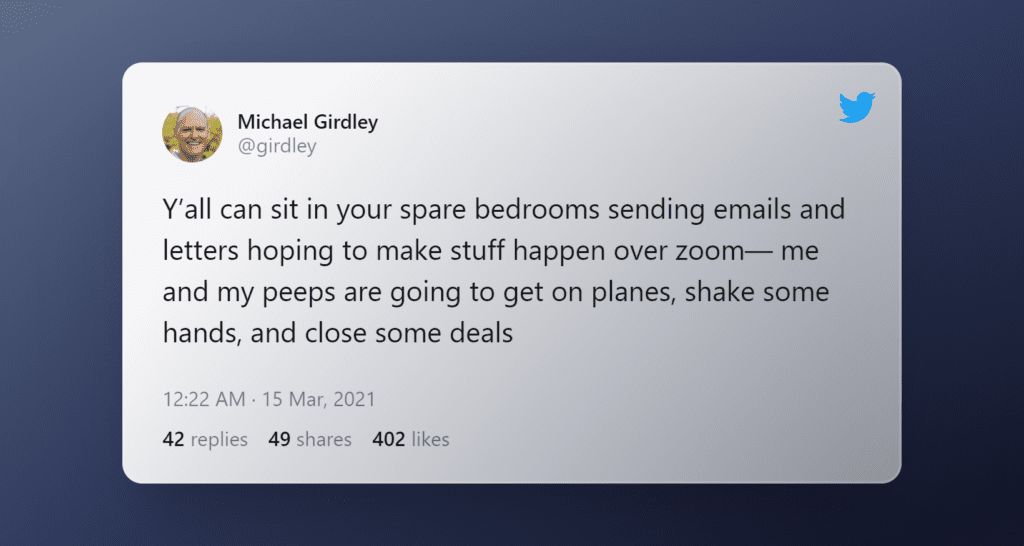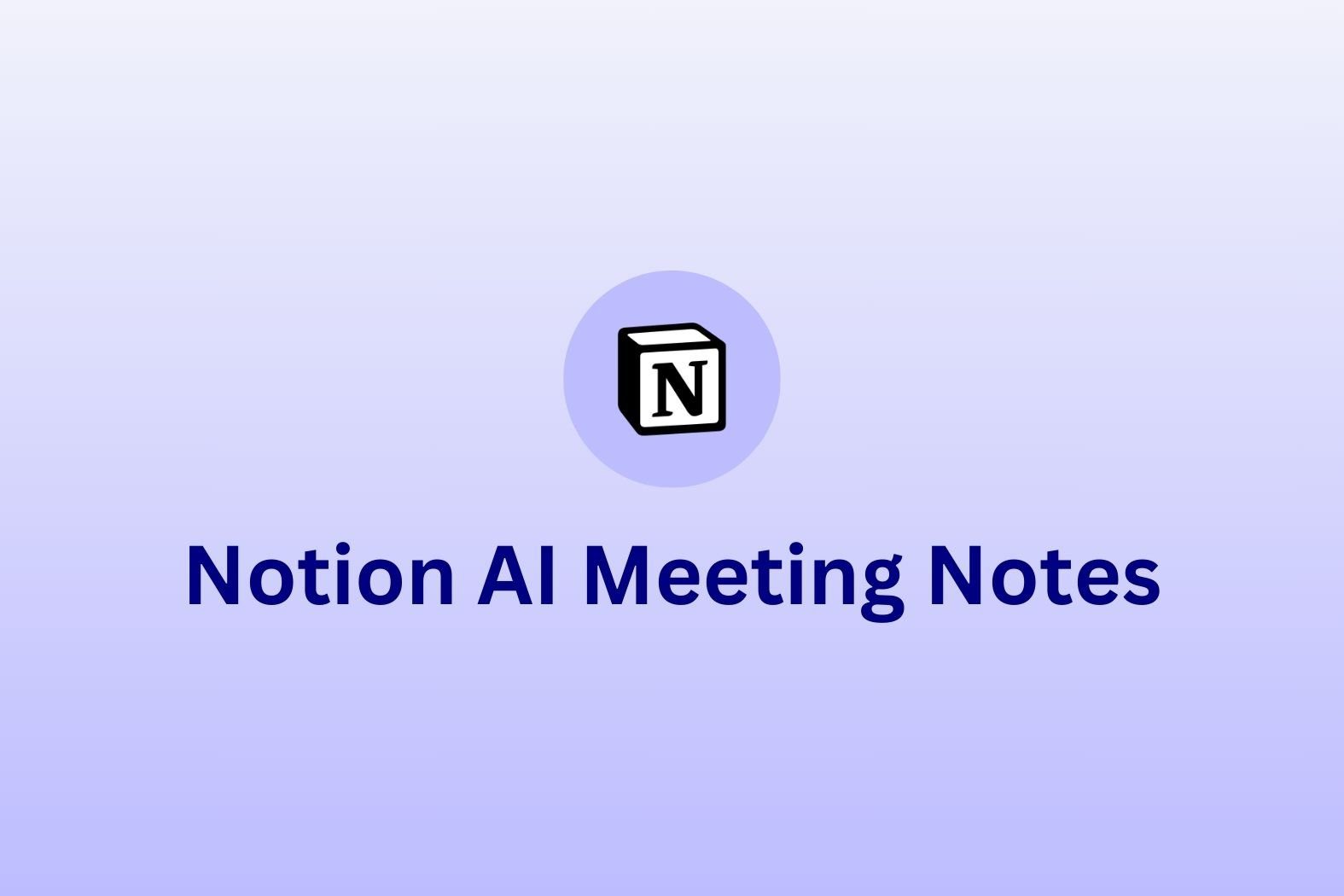“I am deeply passionate about the four product joys. The joy of innovating, the joy of selling, the joy of subscribing, and the joy of customer success” – Puneet Kataria, CEO and Founder of CustomerSuccessBox.
In this vodcast (affectionately named as a “too long; didn’t interview”), we’ll touch upon some of these topics in our deep dive into all things customer success (CS). Puneet, who has been honing his customer success and SaaS skills for “donkey years” will be sharing his observations and experience about how customer success teams have succeeded, and what they can do to remain agile.
The full tl;dv is below. 👇 You can skip directly to any section with our timestamped highlights, or even watch it at 2x speed! For avid readers, we also have a written breakdown!
Table of Contents
Puneet's customer success journey
Puneet Kataria has a somewhat out-of-the-box approach to customer success. Puneet began his career as an engineer. Then he confesses that he “moved to the dark side” and stopped building software and “started selling software” instead. Suddenly, Puneet’s bonuses and incentives were tied to MRR, and soon he quickly learned the importance of retention versus acquisition.
Over 10 years later, and after cultivating his skills in customer acquisition and success, Puneet went on to found CustomerSuccessBox – an AI-powered customer success software that aims to onboard, retain, upsell and drive MRR growth for B2B SaaS. Puneet understands the importance of customer loyalty, as his product received consistent accolades on popular reviewing platforms such as G2. Today we’ve got Puneet in the box seat, as he’s going to share his experiences and tips accumulated over his 17-year career.

Delivering value
Delivering value is a key theme of our talk with Puneet. A deceptively simple task that is the linchpin of any thriving customer success team. At its core, the goal of delivering value is simple – to provide your customers with the proposed benefit promised by your marketing and sales efforts. “I call that ‘value promise’. Making sure that ‘value promise’ gets turned into a ‘value delivered’ – that’s the job of customer success”.
Puneet discusses how the answer to ‘value delivered’ is to ask yourself this question: “Is your product a seamless part of their [the customer’s] everyday process?”.
Of course, it is all too easy to fall short of value delivered. However, before delving into these pitfalls (hint: the key is in proper onboarding), Puneet emphasizes the importance of delivering increasing value over a period of time. This is in keeping with the shift towards a subscription economy.

"I don't use the word buying anymore because we are not. Nobody is owning anything anymore. We live subscription economy. So we are subscribing. As a subscriber, I want to be absolutely loving your product throughout the lifecycle of my subscription".
Puneet Kataria Tweet
Whilst some companies might be successful with delivering the same benefit every day, many companies choose to amplify their customer retention, product adoption, and CLTV by providing a “constant stream of value”. To achieve this, teams can utilize closed-feedback loop systems, product iterations, and providing new (vetted) features. Lastly, one key element of ‘value delivered’ is proper onboarding. This ensures customers have the tools needed to extract all of the value from your product.
So how can this be done well?
Remote onboarding done right
Many correlate good customer onboarding with a low ‘time to value’ outcome. For Puneet, this is a good KPI to start with, but he also encourages customer success managers to also measure ‘effort to value’. This ensures that the minimum effort will be asked of the customer in order to adapt to your product and begin enjoying that ‘value delivered’. Whilst we are all-time-poor, we also must conserve our precious mental resources to execute the tasks we are hired to do.
Hence, taking up the least amount of your customer’s mental energy could be key to retention, and goes hand-in-hand with managing ‘time to value’. This according to Puneet, and should be the cornerstone of any customer onboarding strategy.
💡 TIP: Even mission-critical products need fast onboarding due to the subscription economy and buffet of SaaS services available. Mission-critical products are those that are essential to one’s role.
Three critical stages of onboarding
Puneet quickly identified three stages that are critical to a proper customer onboarding experience:
Understanding the customer and their specific use case(s) 🔮
Many SaaS products have a variety of use cases with all varying degrees of difference. It is vital to immediately identify which use case(s) your customer is expecting to be fulfilled from your product. “Why have you purchased the product? What do you hope to accomplish (especially in the first three months)? – I think that’s the most crucial question that you can ask your customer”
Even if your acquisition process has already answered this question, it is still helpful to confirm this, and allow your customer the opportunity to express the nuances of their desired use case(s).
Effort to value 👌
With lower-priced products, the ‘effort to value’ and ‘time to value’ should almost be imperceptible. The effort that is required to onboard and obtain value should always be dictated and capped by that gained value. It certainly should never exceed it. Puneet explains this further: “Within the context of the problem that your product or technology solves – within that context, the goal is to require minimum effort from your customers”.
One hack that Puneet stands by is to not use any dedicated customer success collaboration tools. By avoiding this you can remove any excess “friction, pain, and resistance” in the customer onboarding process. We’re all platform fatigued, thus finding simple ways to collaborate with your customers using their existing tools is a good place to start. “As it is, it is very difficult to get your customer to use your own technology”.

“We are all in a digital economy. We are all selling software. We're all building software as we are all using software and SaaS. In spite of that, nobody wants to login into one more platform".
Puneet Kataria Tweet
Puneet quickly follows up with this question: “So, then, how do we collaborate with our customers?”. His answer: “Use the collaboration platform that your customers are already on”. This leads the CustomerSuccessBox founder to share a little company secret: “I’ll give you a hack. We are on Slack. Why are we on Slack? Because 90% of our customers are on Slack”.
At CustomerSuccessBox they open up a joint collaboration Slack channel for communicating with their customers. Slack is an underutilized tool in the customer success industry. Yet, this tactic is indicative of the industry shift towards using direct messaging to engage customers on existing communication tools. The most notable recent example of this is WhatsApp’s offering of business direct-message communication plans.
💡 TIP: Easily onboard your customers on Google Meet and record these critical meetings with tl;dv. This reduces friction for your customers and increases the permanence of your meeting.
By being where your customers already are, “you’ll almost never lose momentum”. This is critical when guiding your ‘subscribers’ towards adoption and retention.
Measuring success 📈
Measuring customer success should not look like a CS best-hits list. Rather than merely crossing off typical customer milestones (e.g. sending and viewing documentation), track whether your customer learned and acted as a result of that onboarding. Puneet elaborates: “and that is tracking product adoption or the best proxy for ‘value delivered'”.
Delving further, Puneet notes the “murky” definitions of what is a customer. “There are so many flavors of counting customers”. In addition, access to accurate data is another troubling and persistent problem that plagues CS teams. “Most customer success teams don’t have good data. Most teams, in fact, don’t have good data”.
Whether you define customers by payments, action, or frequency, it is critical to nail your internal definition of this and keep it consistent. This is the only way to obtain actionable insights about your customers or ‘subscribers’.
Scalable onboarding that still counts
“I think meetings are great. But you cannot scale meetings”.
Micahel’s tweet, published at the height of the pandemic, ruffled many feathers. However, he illuminated the huge fissure that was emerging in customer success and sales teams. One camp was ardently sticking by face-to-face onboarding, whilst the other camp was adapting to remote.
Whichever camp you pledge allegiance to, there are real benefits to remote customer onboarding. Puneet refers to the SaaS animals framework, stating that lower-tier customers (rats and rabbits), were always suited for low-medium touch or even ‘remote-touch’ – as Puneet calls it. However, the pandemic created a divide in how customer success engaged with middle-tier customers or ‘deers’. These are those worth $5000 – $50,000 ACV. Puneet claims, that when relying on face-to-face onboarding to retain deers, you essentially have to decide “who to deliver success and who not to deliver success to”.
Increase scale, retain quality
To the point above, rather than prioritizing only some customers, remote-touch enables teams to onboard more customers in a scalable way, that is still meaningful. This is where the ‘Slack and recording Google Meets’ above tip, comes in handy. This enables scalable onboarding of low-medium tier customers, without sacrificing quality.
💡 Tip: “We made a joint-collaboration Slack channel and *BOOM* remote collaboration solved!” – Puneet Kataria.
Additionally, a clever benefit to recording remote onboarding sessions with customers, is that they now become self-service and repeatable – much like online learning! This helps product adoption, as your customer can review any part of the onboarding process, they were unsure of.
“If you want to get more coverage, remote is your only choice”
As mentioned above, Puneet suggests there should be four, not three, customer success touch-point types: low, medium, high, and remote-touch. Remote-touch can really be low, medium, or high depending on how you deploy it. The only difference is it is scalable!
Puneet recounts a typical high-touch day in his old life as the Director of Sales and Marketing at Thought Works: “How many meetings can you practically have by doing one-on-one meetings? I’ve been in sales, all through my life. I have peaked on a single day, as many as eight or nine meetings. But this was in walkable San Fransisco. How many meetings (and successful meetings) can you honestly have in a day?”
So, remote is scalable. This is clear, but how to dial up the results from such tactics? Puneet gives a surprising suggestion:
"You DON'T want customer success heroes"
Puneet Kataria Tweet
🦸🦸🏾♂️
Rather than relying on only customer success heroes to carry your organization, he recommends studying your ‘customer success heroes’ and developing a playbook inspired by their tactics. Then distribute that playbook among all team members. Puneet says the kicker is to make the playbook “intern proof”.
Customer success kept companies afloat in 2020
This brings us to our last and most important point, which is the collective accomplishments of customer success in 2020. During the pandemic, budgets and headcounts were slashed. Spending was down, and thus acquisition took a hit. Yet businesses still needed to maintain profits. They did this largely through retaining existing customers on the back of customer success. This was an interesting time for the industry, as leaders were put under increased pressure “with reduced bandwidth and under the spotlight”.
Puneet claims that the teams that really thrived during this time, adapted to the new remote world order, and saw this as an opportunity, rather than a temporary solution. Puneet proclaims that “productivity is not hours spent online, in calls or anything else”, rather is the result of your team’s work. Recent times have certainly shone a light on this truth.
Final thoughts
There were many topics covered in this too long; didn’t interview. Mostly Puneet, Raquel, and Carlo touched upon how to get the edge as a customer success manager and stay afloat during turbulent times. We’ll end on one of our favorite quotes from Puneet, along with three important takeaways.
“So I say no ‘low-touch’, no ‘high-touch. Everything is now ‘remote-touch’. What remote-touch actually enables you to do, is basically take any customer upwards of 10,000, or even $5,000″.
Final takeaways:






